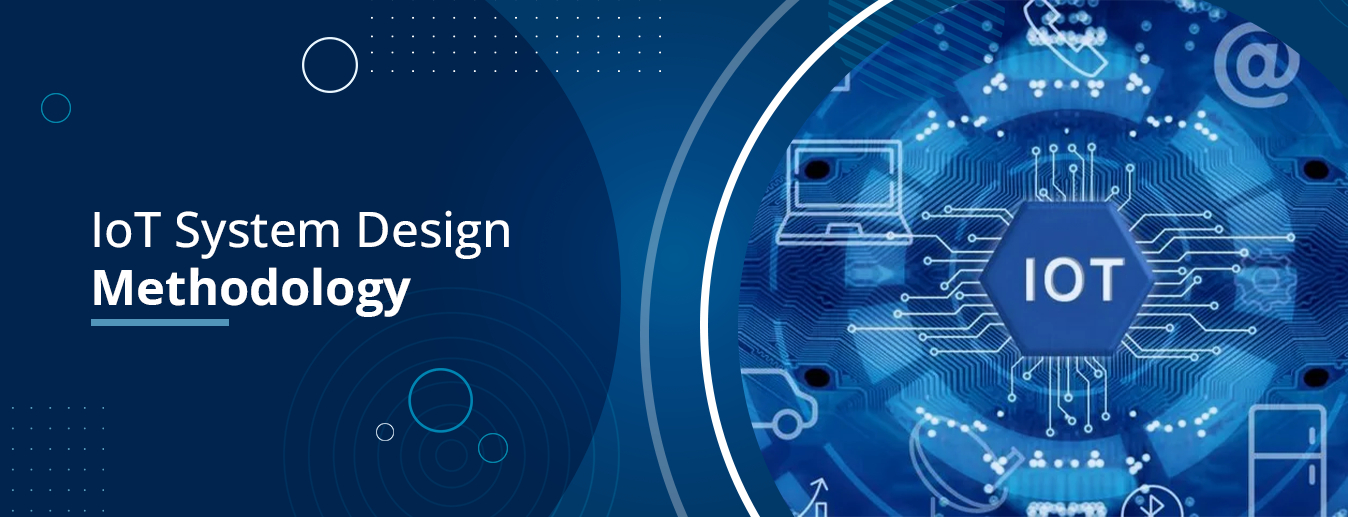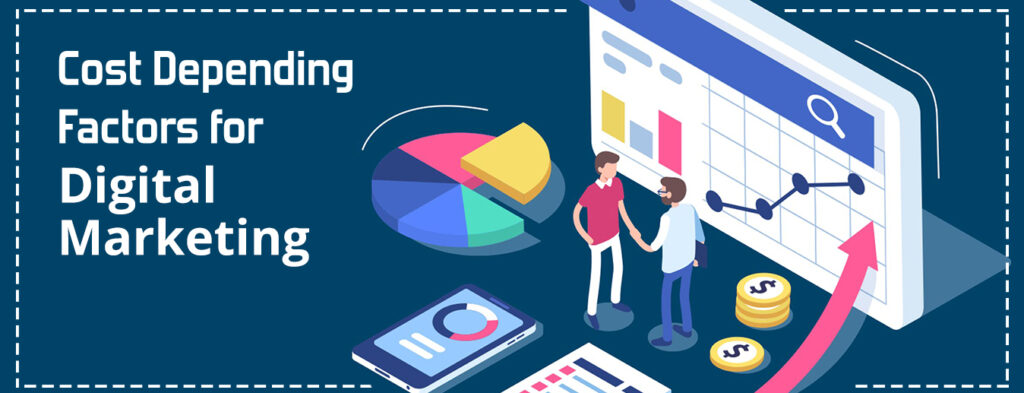There is a lot of buzz around the internet right now about the Internet of Things (or IoT). The Internet of Things affects almost everything, from getting out of bed in the morning to going to bed, from how we travel to what we like and buy to how manufacturers keep track of their inventory.The Internet of Things (IoT) is rapidly widening its reach and gaining significant access across all industries.
By the year 2050, it is predicted that nearly $24 billion devices will be connected with IoT worldwide. However, the first and foremost question that arises is what exactly is the Internet of Things? And how important is the Internet of Things to our day-to-day lives?
Brief Overview of the Internet of Things (IoT)
The idea of connecting any device to the Internet and other connected devices is known as the Internet of Things, and it can be applied to any device as long as it has an on/off switch. The Internet of Things (IoT) is a massive network that is interconnected with devices and people. All these IoT devices gather and share information about their surroundings and how they are being used.
There are an enormous number of items that come in different sizes and shapes and fall under the IoT category, such as smart microwaves that cook food automatically within the right amount of time, self-driving or driverless cars with precise sensors that can identify objects in their path, and wearable fitness equipment that tracks your heart rate and counts daily steps.
Apart from this, this IoT-enabled fitness wearable also recommends exercise regimens that are specifically tailored for you. In modern-day even footballs are now connected with IoT devices to monitor how far and quickly the football can go when the ball gets kicked. Additionally, you can use an app to log the statistics that are required for upcoming improvisation in upcoming practice sessions.
Key Steps in IoT System Design Methodology
A few key steps are included in the IoT design methodology and are required for its development.
- Step 1: Purpose and Requisite Specification – The first step in the loT system design methodology is to define the system’s requirements and purpose. This step gathers requirements such as data collection, data analysis, system management, data privacy and security, user interface requirements, and so on, in addition to the system’s purpose, behaviour, and requirements.
- Step 2: Process Specification – The loT design methodology’s second step is to define the process specification. In this step, the use cases for the IoT system are formally described and derived from the purpose and requirement specifications.
- Step 3: Domain Model Specification – The third step involves defining the domain model. The domain model describes the key ideas, people, and things that make up the IoT system’s domain. This domain model specifies the relationships between objects and the attributes of each object. Regardless of the technology or platform used, the domain model offers an abstract representation of the ideas, things, and entities found in the loT domain. The domain model provides the designers of IoT systems with a better understanding of the IoT domain for which the system is being developed.
- Step 4: Information Model Specification – The information model is defined in the fourth step of loT’s design methodology. The entire information architecture of loT systems, including virtual entity attributes, relationships, and other structures, is defined by the information model. Information models do not dive deep into detail about the specifics of how information is represented or kept.
- Step 5: Service Specifications – The fifth step in the loT design methodology is to define the service specifications, which include the service types, input/output, endpoint, schedules, preconditions, and effects.
- Step 6: IoT Level Specification – The system’s loT level is defined in the sixth step of the loT design methodology.
- Step 7: Functional View Specification – The functional view (FV) is defined in the seventh step of the loT design methodology. The functional view describes the various functional groups into which loT systems can be divided into functions.
- Step 8: Operational View Specification – The operational view of specifications, including options for hosting services, storage, devices, and applications, is defined in the eighth step of the loT design methodology.
- Step 9: Device and Component Integration – In step nine in the loT design process Integration of the devices and components takes place.
- Step 10: Application Development – The development of the loT application is the final step in the loT design methodology.
If you are looking for a platform that offers solid IoT solutions, HTSM can be a valuable ally. It has built a solid reputation for offering clients dependable, affordable, and scalable IoT solutions over the years. Their specialization lies in deriving better ROI for businesses developing Internet of Things (IoT) applications that link systems and collect data from the real world with sensors and internet access.





